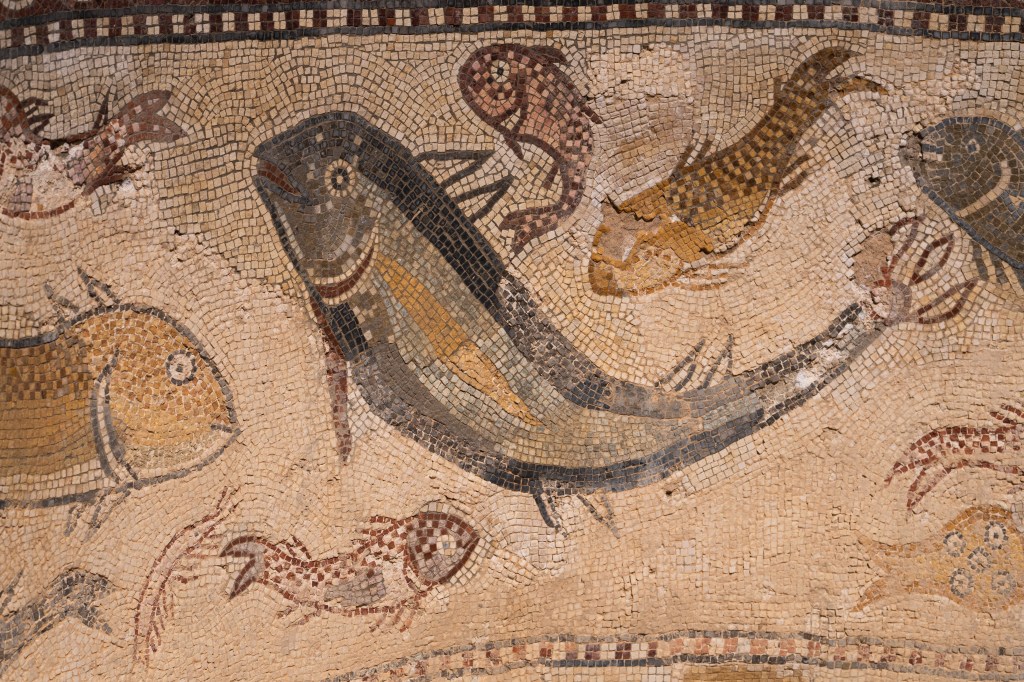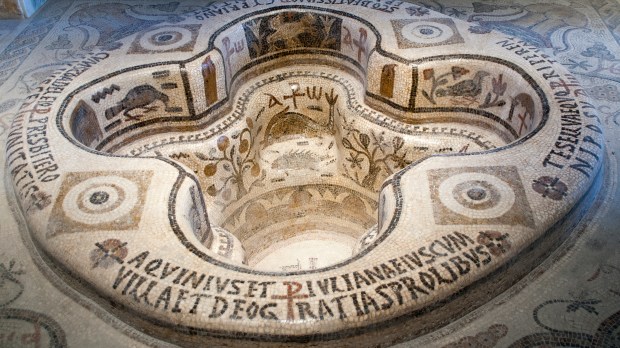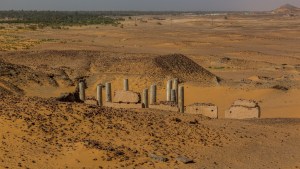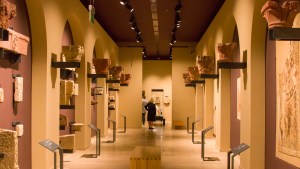This fall, the Metropolitan Museum of Art will host the exhibition Africa & Byzantium, showcasing nearly 200 medieval Byzantine works of art from the 4th to the 15th century, including illuminated manuscripts and polychrome mosaics. Even though the Byzantine empire spanned large parts of Africa, Europe, and Asia, “its extensive connections to Africa have previously been understudied,” as noted by Medievalists.net.
This exhibition, then, tries to fill that void by presenting artworks from the multicultural (Coptic, Greek, Nubian, and later Arabic) Christian communities of northern and eastern Africa.
These communities made up the Exarchate of Africa. The Exarchate was a division of the Byzantine Empire that encompassed its possessions on the Western Mediterranean, and especially the Maghreb – Northern Africa beyond Egypt.
Established by Emperor Maurice (the last member of the Justinian dynasty) in the late 580s, the Exarchate was ruled by an exarch (a viceroy of sorts) and survived until the Muslim conquest of the Maghreb in the late 7th century. Along with the Exarchate of Ravenna, the Exarchate of Africa was established following the western reconquests under Emperor Justinian I to administer the territories more effectively.

The exhibition will open on November 19, 2023, and will run through March 3, 2024. It explores the tradition of Byzantine art and culture in Africa from the 4th through the 15th centuries, featuring works of art never before exhibited in the United States – from monumental frescoes, mosaics, panel paintings, and metalwork to jewelry, ceramics, and illuminated manuscripts.
Whereas the exhibition focuses on the art from the centuries when the Exarchate was still in place, “it also addresses the subsequent afterlife of distinctive religious and artistic traditions that flourished in Tunisia, Egypt, Sudan, and Ethiopia from the 8th to the 15th century,” Medievalits.net explains. “Faith, politics, and commerce across land and sea linked these traditions to Byzantium, resulting in a lively interchange of arts and beliefs.”
Indeed, North African Byzantine artists produced some of the most exquisite mosaics in the Roman Empire, as they had easy access to the richly colored limestones and marbles of the region – as can be seen in some of the remarkable Tunisian mosaics from the Carthage Museum and the Louvre that will be included in this exhibition.



